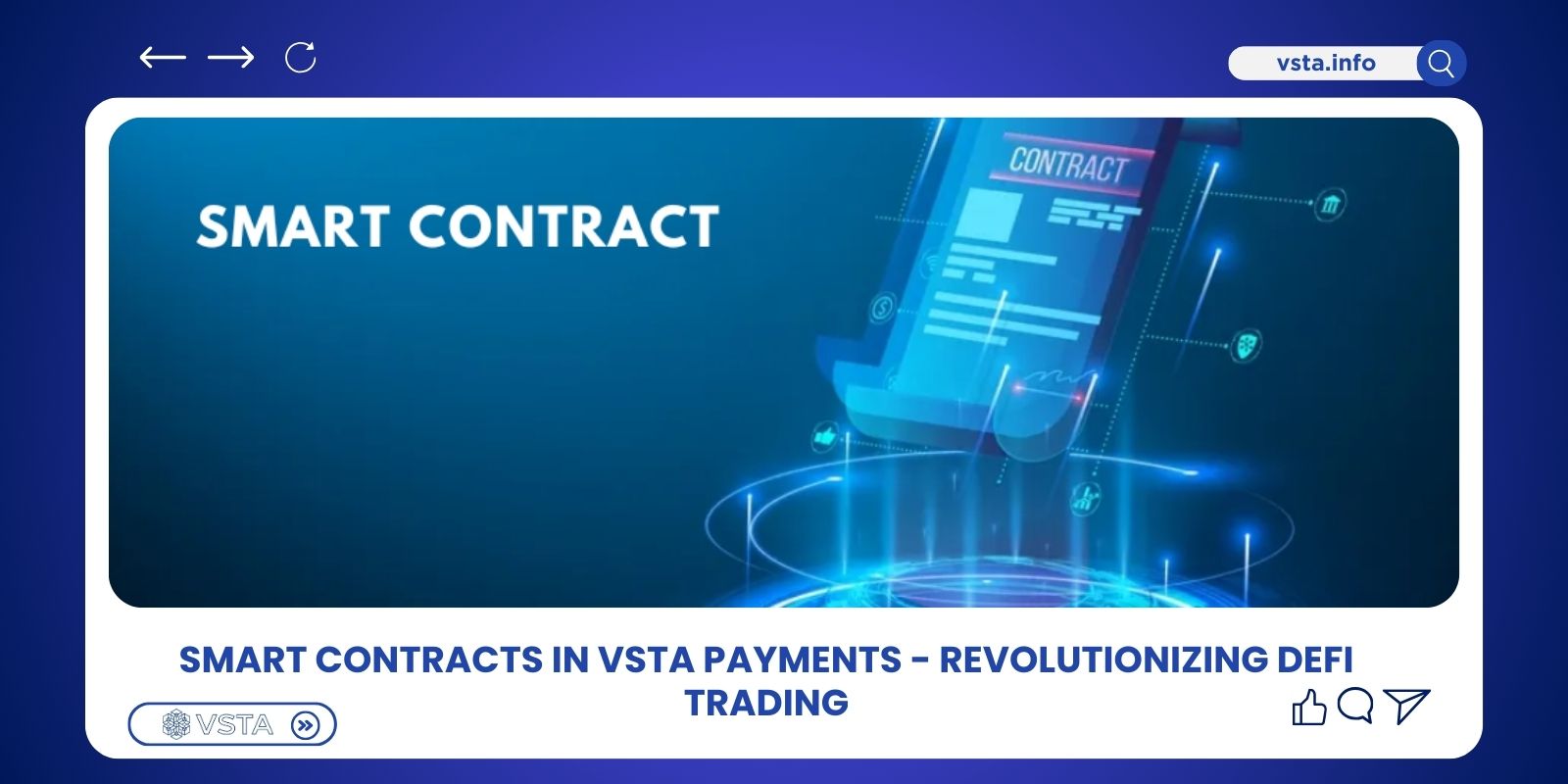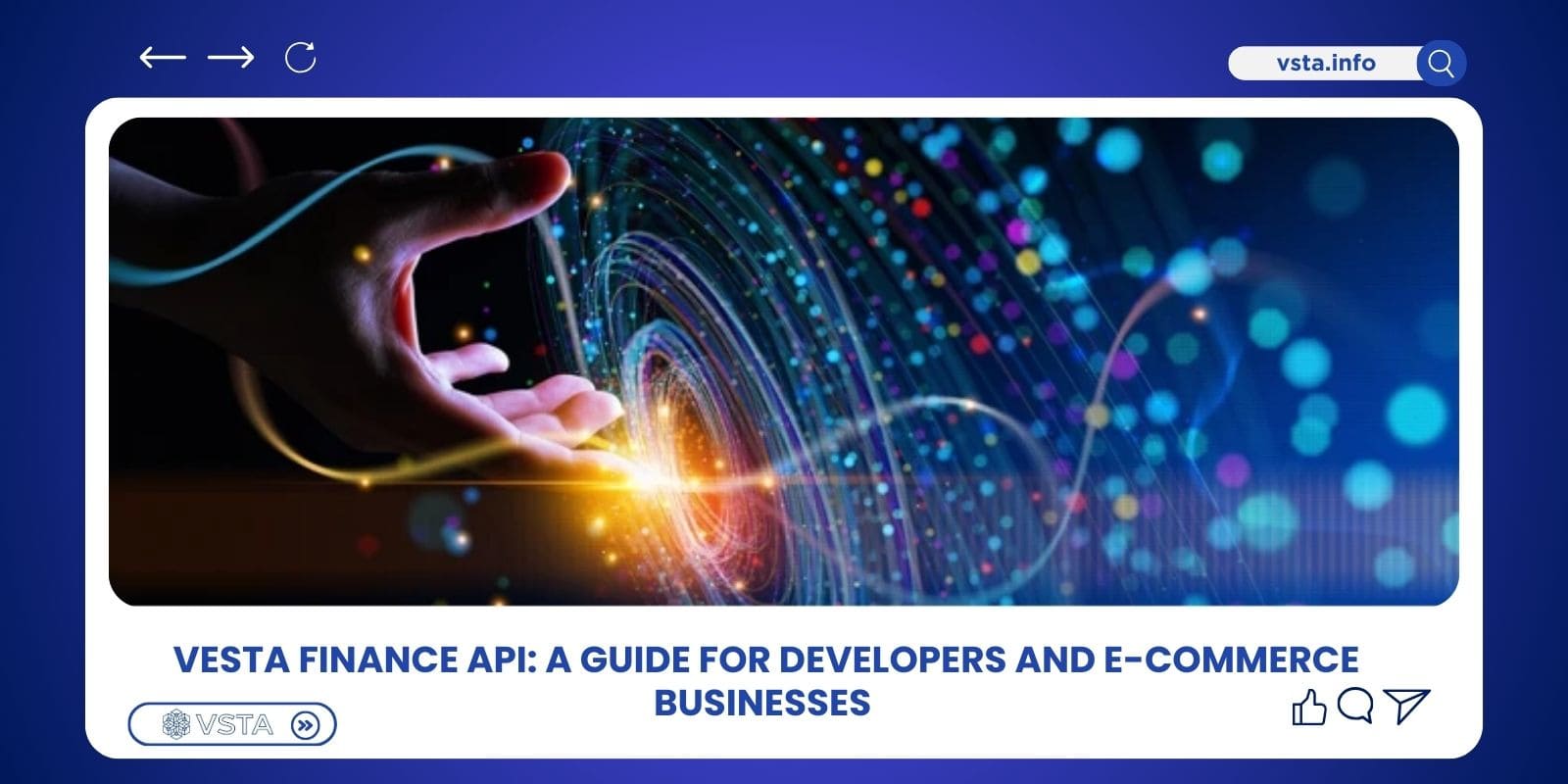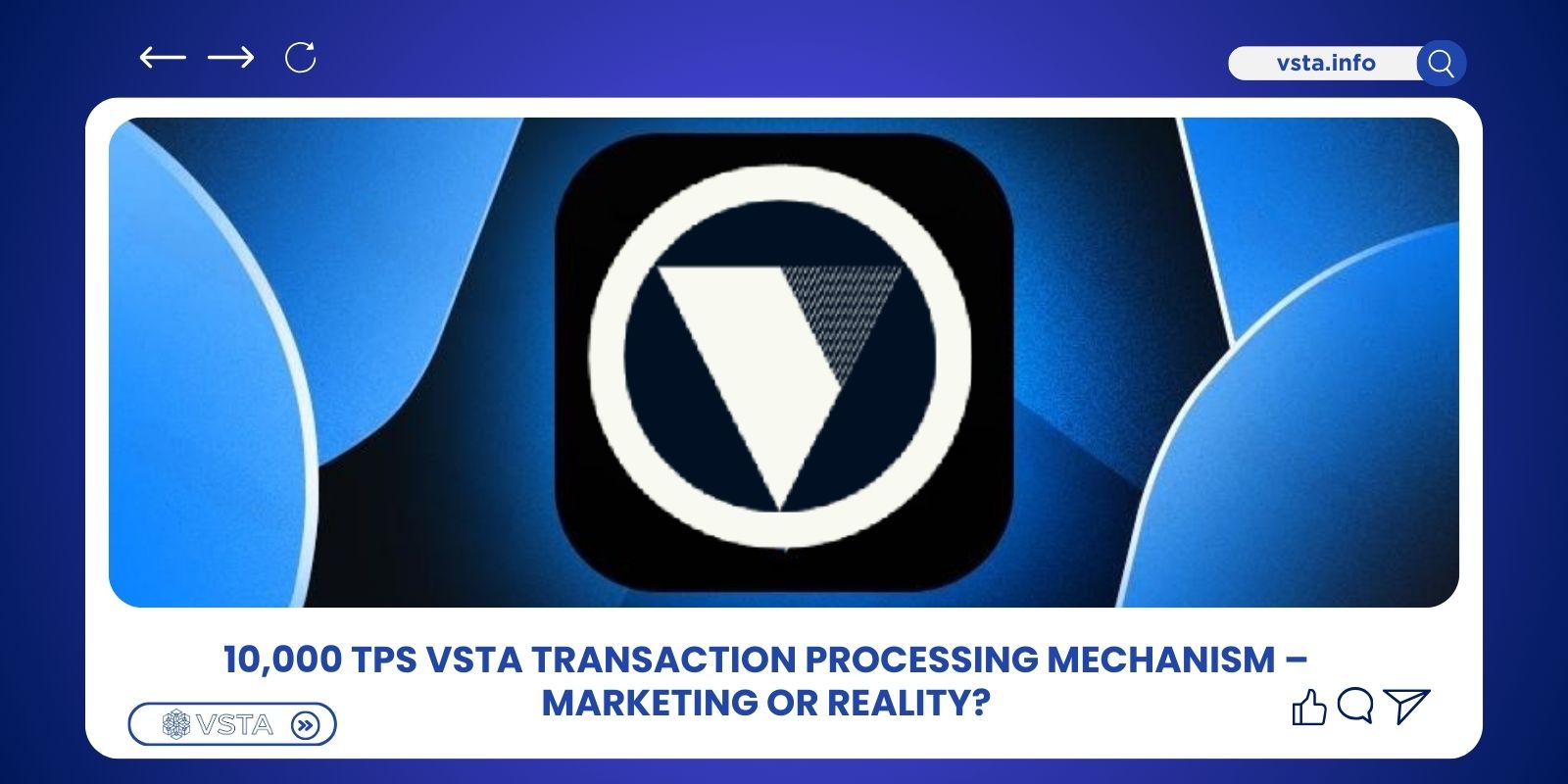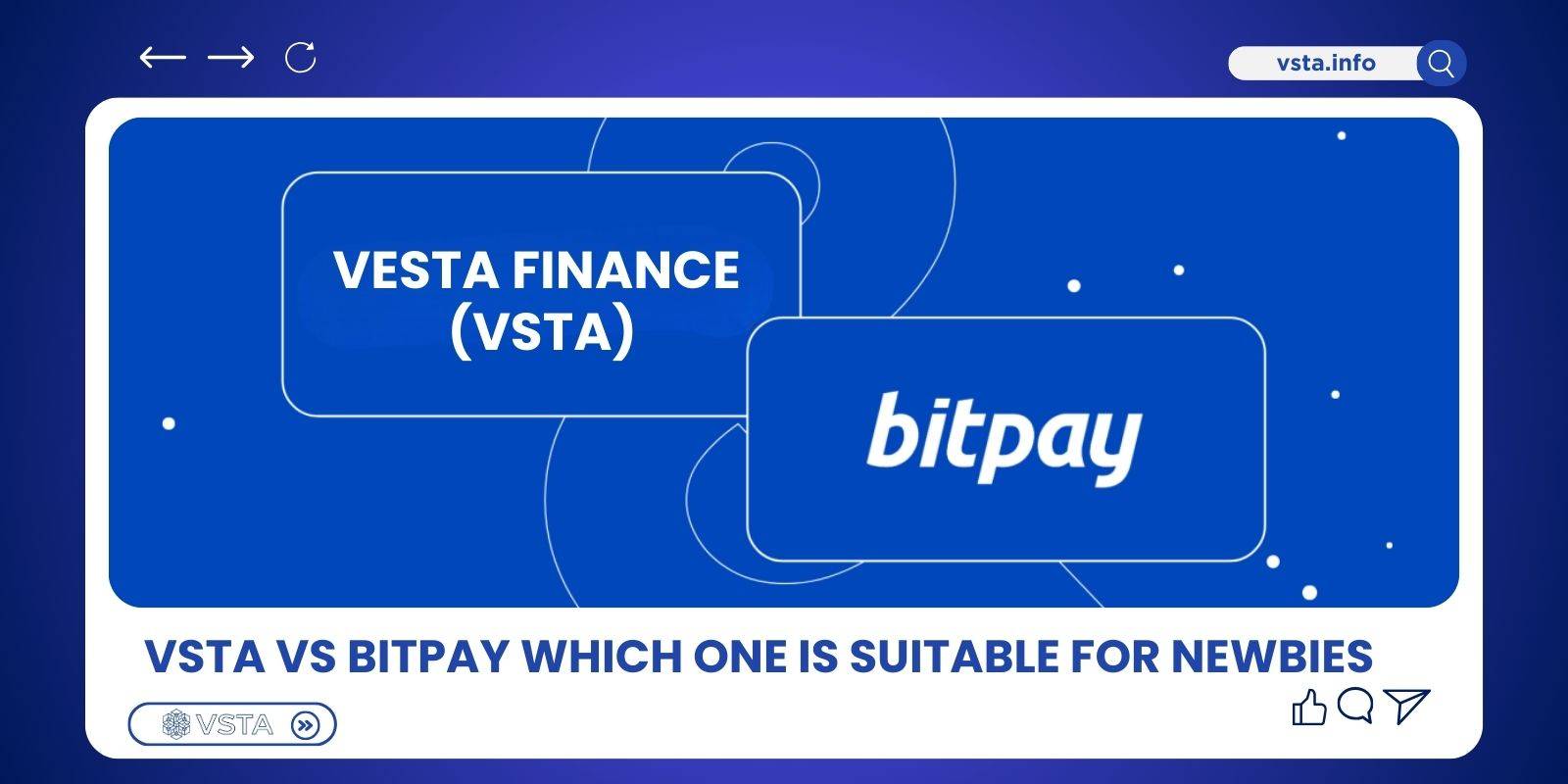Smart Contracts in VSTA Payments are pre-programmed codes deployed on the Arbitrum blockchain. Their purpose is to automate the entire process of transactions and payments within the Vesta Finance (VSTA) ecosystem. So, can Vesta Finance’s smart contracts truly revolutionize the DeFi system? Let’s explore the detailed article below from VSTA to find out more.
Overview of Vesta Finance (VSTA) and Smart Contracts
To understand how Smart Contracts in VSTA Payments work, it’s important to first know what VSTA and Smart Contracts are.
What is Vesta Finance (VSTA)?
Vesta Finance (VSTA) is a decentralized finance (DeFi) protocol operating on Arbitrum, Ethereum’s Layer 2 network. The platform allows users to borrow the stablecoin VST by collateralizing crypto assets (ETH, GMX, ARB, etc.). At the same time, users can provide liquidity to earn rewards from trading fees and staking — all while benefiting from Arbitrum’s low costs and fast transaction speeds.
What makes Vesta Finance (VSTA) unique is its ecosystem built around the stablecoin VST, which is maintained close to 1 USD. This reduces volatility risks for investors and expands trading opportunities.
What are Smart Contracts in VSTA Payments?
Smart Contracts are pieces of code programmed on the blockchain that automatically execute transactions once predefined conditions are met. Users transact directly with each other on the blockchain, with all terms and outcomes publicly visible and immutable. Transactions only occur when the programmed logic is satisfied.
VSTA applies smart contracts in payments because all activities — borrowing and repaying VST, distributing staking rewards, or swapping tokens — are automated. Thanks to Arbitrum, gas fees are significantly lower than on Ethereum mainnet. Every transaction is recorded directly on the blockchain and cannot be altered. This eliminates third-party risks and allows the community to easily verify all activities.
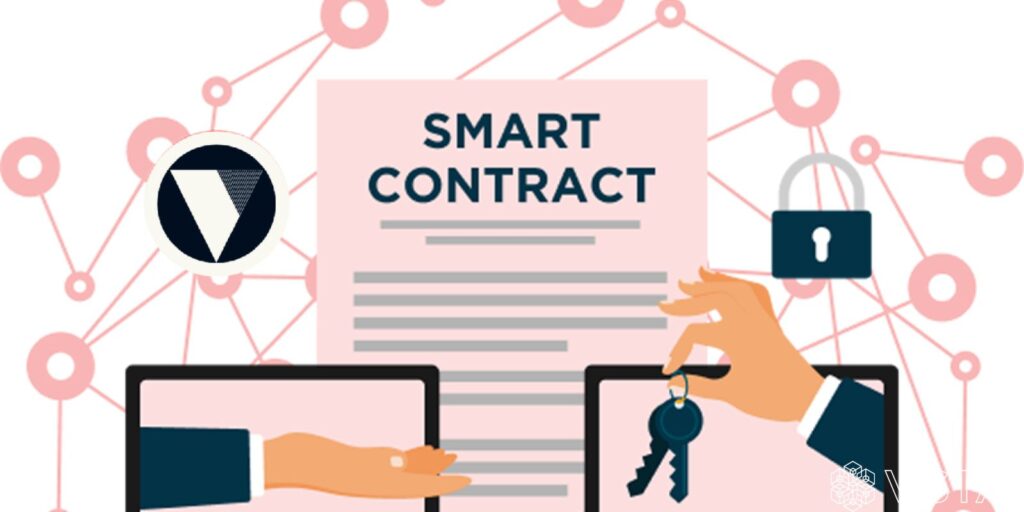
3 Operating Mechanisms of Smart Contracts in VSTA Payments
Automating Borrowing and Repayment with VST
In Vesta Finance, users can collateralize assets such as ETH or ARB to borrow the stablecoin VST. This entire process is managed by smart contracts. When users deposit collateral, the contract verifies the asset’s value and issues the corresponding amount of VST. Upon repayment, the contract automatically releases the collateral back to the user’s wallet. As a result, every step is executed automatically, quickly, and without intermediaries.
Managing Liquidity and Staking through Smart Contracts
Beyond borrowing and repayment, smart contracts also play a crucial role in liquidity management and staking. When users provide liquidity to pools like VST/ETH or VST/USDC, the contract records the deposited tokens and calculates rewards.
Similarly, when staking VSTA to earn returns, the smart contract automatically distributes rewards based on each user’s contribution. This ensures the system operates smoothly, fairly, and continuously – without human intervention.
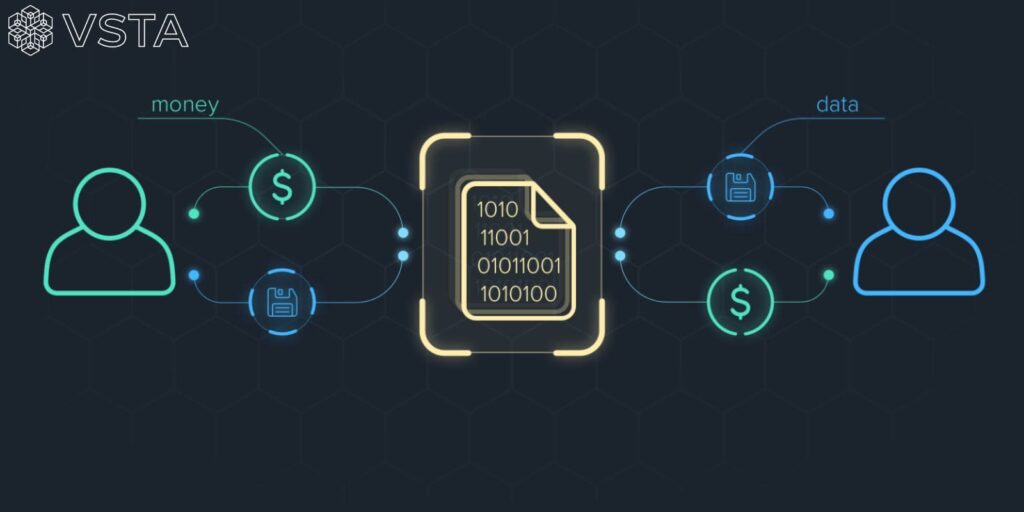
Ensuring Transparency, Decentralization, and Security
A major strength of Smart Contracts in VSTA Payments is transparency and security. All borrowing, repayment, and staking transactions are recorded on the Arbitrum blockchain and cannot be altered. Users can directly verify all information, ensuring openness and trust.
More importantly, since the contracts run automatically without being controlled by any central organization, the system maintains decentralization while minimizing risks of fraud or manipulation.
Pros and Cons of Using Smart Contracts in VSTA Payments
Key Advantages of Smart Contracts in VSTA Payments
- Automation and Cost Efficiency: Borrowing, repayment, staking, and liquidity transactions are all handled automatically by smart contracts. Running on Arbitrum significantly reduces gas fees compared to the Ethereum mainnet.
- Transaction Transparency: Every transaction is recorded on the blockchain and publicly verifiable by the community. With no reliance on banks or intermediaries, the risk of manipulation is reduced.
- Fast Processing Speed: Transactions are executed within seconds without manual approval. Users only need a crypto wallet to participate — no complex paperwork required.
- High Security Assurance: Smart contracts operate based on pre-programmed logic, making unauthorized tampering difficult. Assets are managed directly on the blockchain, without depending on custodians.

Disadvantages
Despite these notable advantages, using Smart Contracts in VSTA Payments also comes with some limitations:
- Programming Risk: If a smart contract contains bugs or vulnerabilities, hackers could exploit them and cause user losses. Once deployed, contracts are often immutable, making errors difficult to fix.
- Steep Learning Curve for Newcomers: Beginners in DeFi may find it complex to use wallets, liquidity pools, or staking. Even minor mistakes — like entering the wrong wallet address or sending the wrong token — can result in permanent asset loss.
- Dependency on the Arbitrum Ecosystem: Low fees are enabled by Arbitrum Layer 2. If the network experiences issues or congestion, VSTA transactions will also be affected.
- Lack of Legal Protection: As a decentralized system, users have limited recourse under the law in cases of disputes or asset losses.
Applications of Smart Contracts in VSTA Payments
Paying Fees for Stablecoin VST Loans
One of the most important applications of Smart Contracts in VSTA Payments is managing stablecoin VST loans. When users collateralize assets such as ETH, ARB, or GMX to borrow VST, the smart contract automatically records the debt, calculates maintenance fees, and processes repayment once users settle their loans.
Swapping VSTA/VST Tokens on DEXs
Smart contracts are also used to execute token swap transactions between VSTA, VST, and other assets on decentralized exchanges (DEXs) like Balancer or Uniswap. When a user places a swap order, the contract automatically matches the trade and transfers tokens between wallets at the exact exchange rate at that moment.

Cross-Payments with DeFi Wallets and Other Platforms
Beyond the internal ecosystem, VSTA’s smart contracts also enable cross-payment integration with DeFi wallets and other platforms. For example, users can use VST to pay for services on Web3 applications or quickly convert it into other stablecoins like USDC/USDT for trading.
Comparison of Smart Contracts in VSTA Payments with MakerDAO and Aave
| Criteria | VSTA (Vesta Finance) | MakerDAO (DAI) | Aave |
| Primary Stablecoin | VST (pegged close to 1 USD) | DAI (USD-pegged) | No native stablecoin, supports multiple assets |
| Deployment Platform | Arbitrum (Ethereum Layer 2) | Ethereum mainnet | Ethereum, Polygon, Optimism, Arbitrum… |
| Borrowing & Repayment | Smart contracts automate borrowing VST with collateral, low fees | Borrow DAI with ETH/USDC collateral, higher fees due to Ethereum gas | Borrow/lend multiple assets, smart contracts calculate flexible interest rates |
| Liquidity | Concentrated in VST/ETH and VST/USDC pools | DAI liquidity spread across multiple DEXs | Liquidity relies on lending pools, depends on user deposits |
| Transaction Costs | Very low (thanks to Arbitrum) | High (Ethereum mainnet) | Moderate (depends on chain, lower on L2) |
| Payment Applications | Focused on loan repayment, VSTA/VST swaps | Mainly borrowing DAI, limited direct payment use | Lending/borrowing assets, not optimized for stablecoin payments |
| Transparency | High – all transactions visible on Arbitrum | High – but dependent on Ethereum | High – multi-chain contracts, easily verifiable |
The Future of Smart Contracts in VSTA Payments (2026)
In the future, Smart Contracts in VSTA Payments may:
- Expand listings across major DEXs and CEXs, boosting liquidity and global recognition.
- Develop new DeFi products based on smart contracts, such as recurring payment services, complex financial contracts, or decentralized insurance.
- Attract a broader developer community to build applications around VST, turning it into a widely adopted stablecoin within DeFi.
Conclusion
Smart contracts in VSTA Payments can be seen as an automated bank on the Arbitrum blockchain. They enable borrowing, repayment, liquidity provision, and token swaps without intermediaries, ensuring transparency, security, and cost efficiency. Hopefully, the information provided above helps address your concerns when investing in VSTA.
